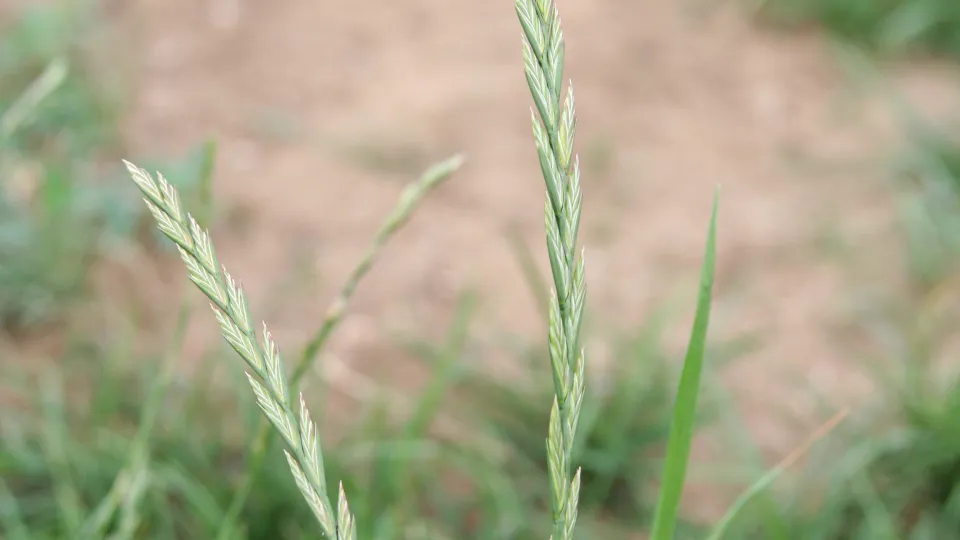
Perennial rye-grass
Perennial rye-grass is a tufted, vigorous grass of roadside verges, rough pastures and waste ground. It is commonly used in agriculture and for reseeding grasslands.

Perennial rye-grass is a tufted, vigorous grass of roadside verges, rough pastures and waste ground. It is commonly used in agriculture and for reseeding grasslands.
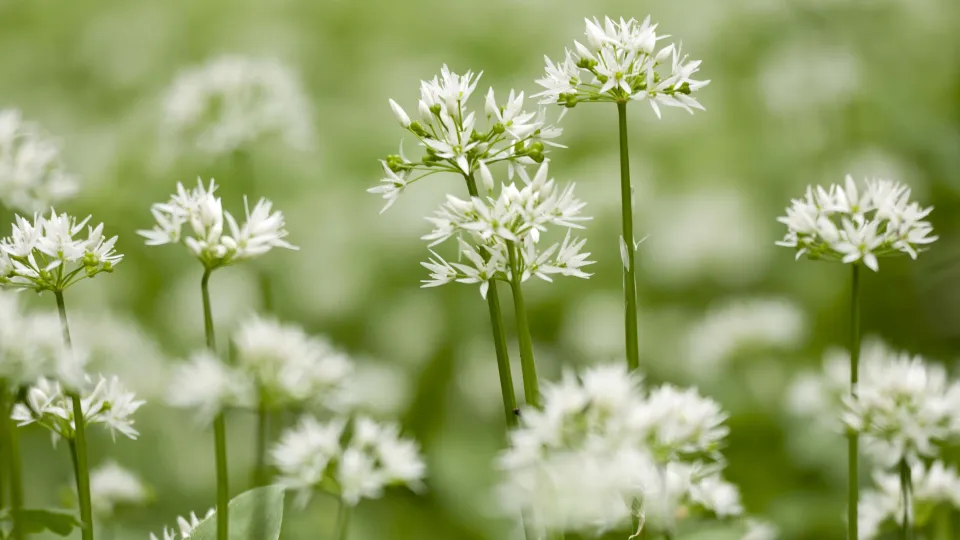
In April and May, our ancient woodlands are awash with the white, starry flowers and smell of wild garlic. Millions of bulbs can exist in just one wood, giving rise to dazzling 'white carpets'.
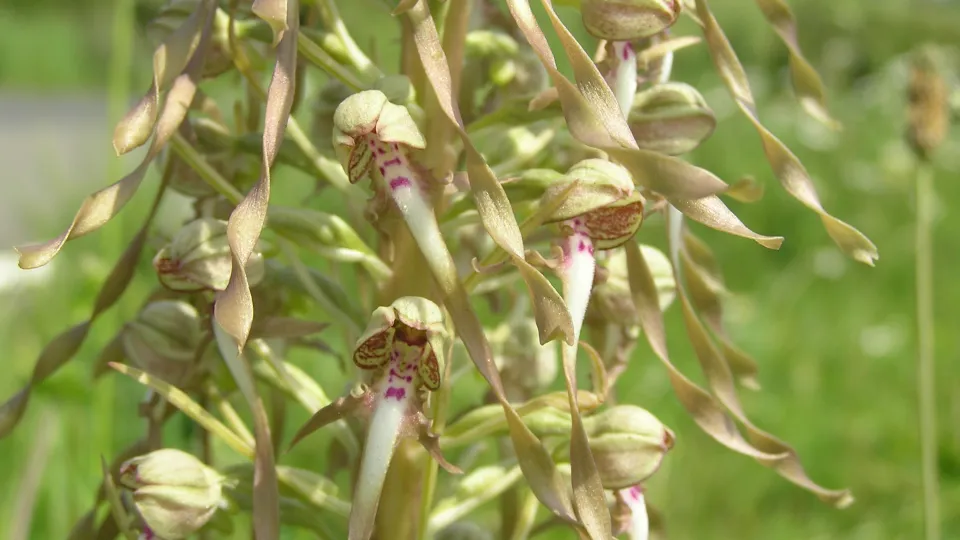
The petals of the rare Lizard orchid's flowers form the head, legs and long tail of a lizard. They are greenish, with light pink spots and stripes, and smell strongly of goats! Spot this tall plant on chalk grasslands and dunes in the South East.
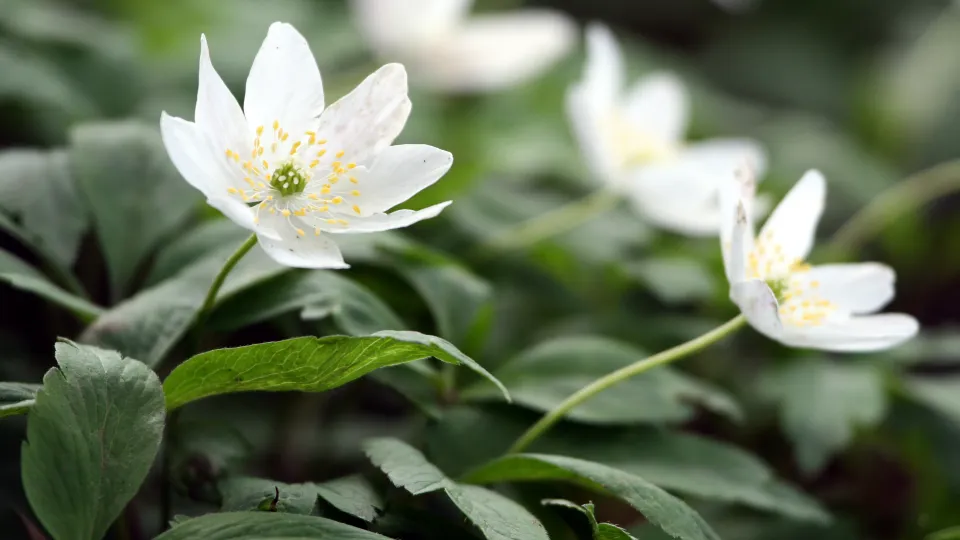
A spring delight, the wood anemone grows in dappled shade in ancient woodlands. Traditional management, such as coppicing, can help such flowers by opening up the woodland floor to sunlight.
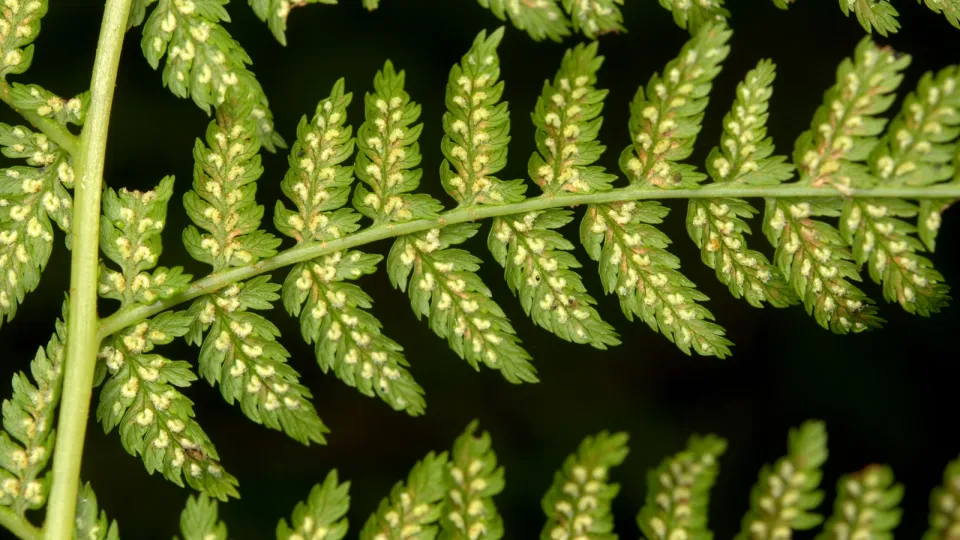
One of the prettiest hardy ferns, the lady fern is delicate and lacy, with ladder-like foliage. It makes a good garden fern, providing attractive cover for wildlife.
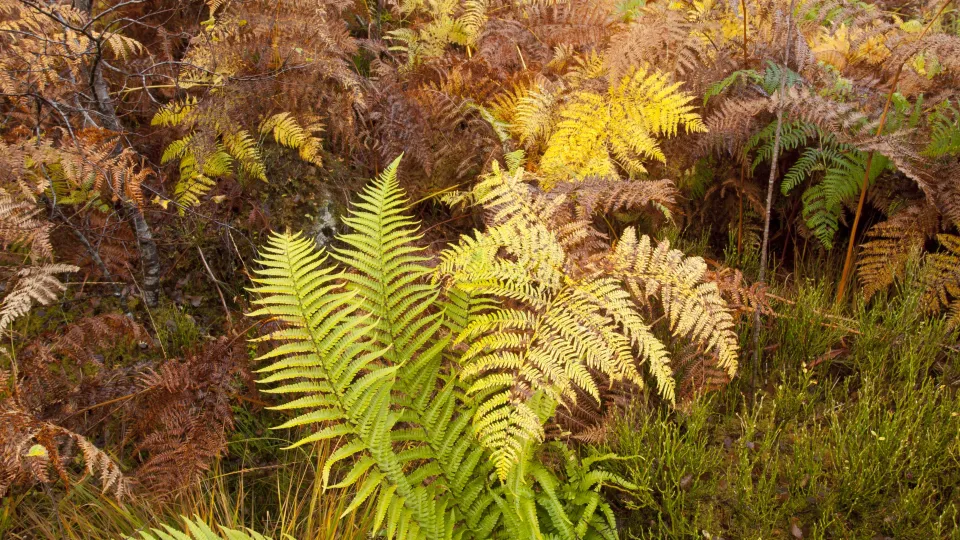
A classic fern of woodlands across the UK, the male-fern is also a great addition to any garden. It grows impressive stands from underground rhizomes, dying back in autumn.
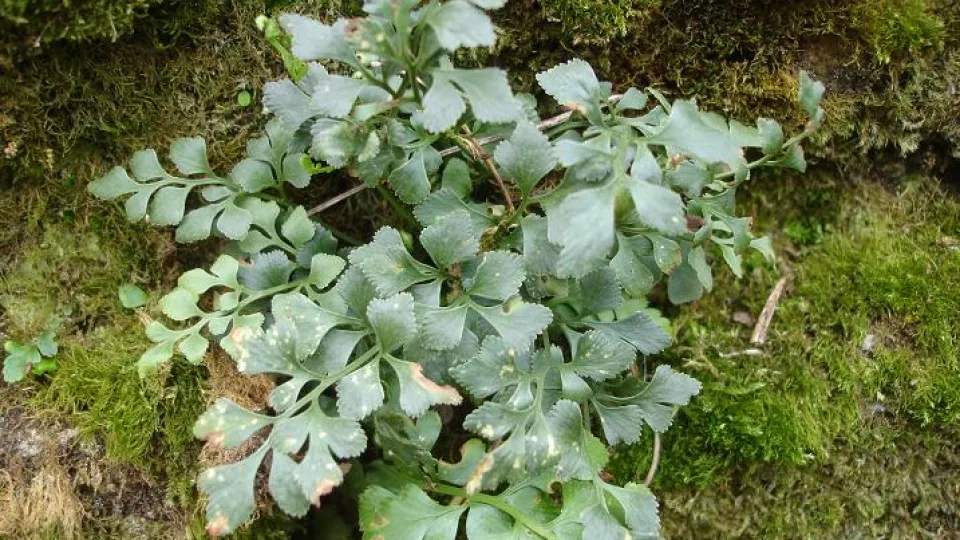
With club-shaped leaflets on its fronds, wall-rue is easy to spot as it grows out of crevices in walls. Plant it in your garden rockery to provide cover for insects.
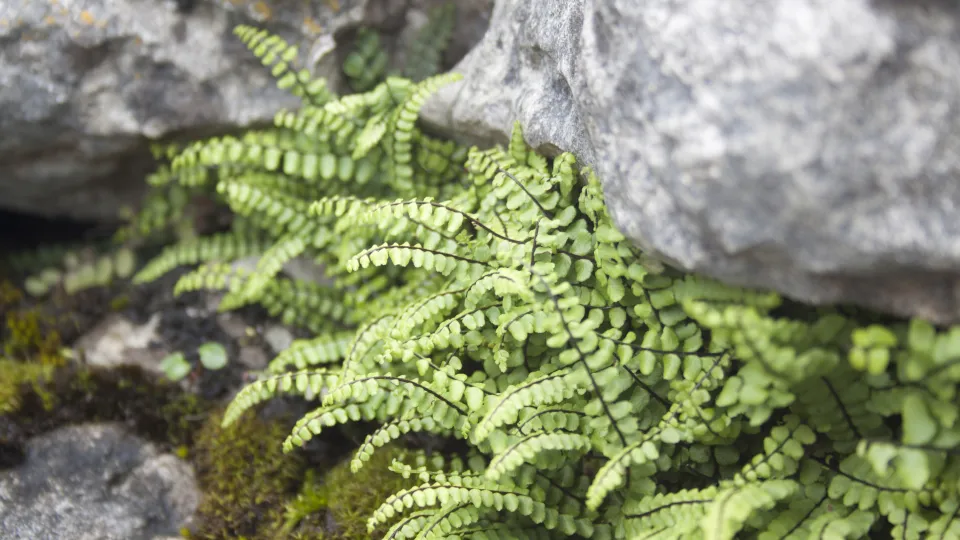
A small, tufted fern, maidenhair spleenwort can be found growing out of crevices between rocks, in walls and on mossy branches across the UK.
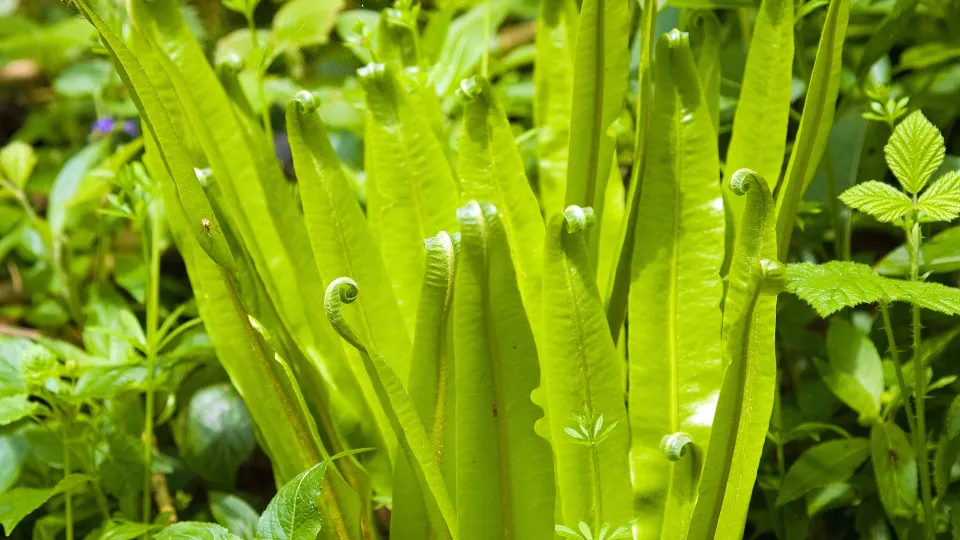
The hart's-tongue fern is a hardy fern of damp, shady places in woodlands. It also makes a good garden fern. It has simple, tongue-shaped, glossy, green leaves that have orange spores on their undersides.
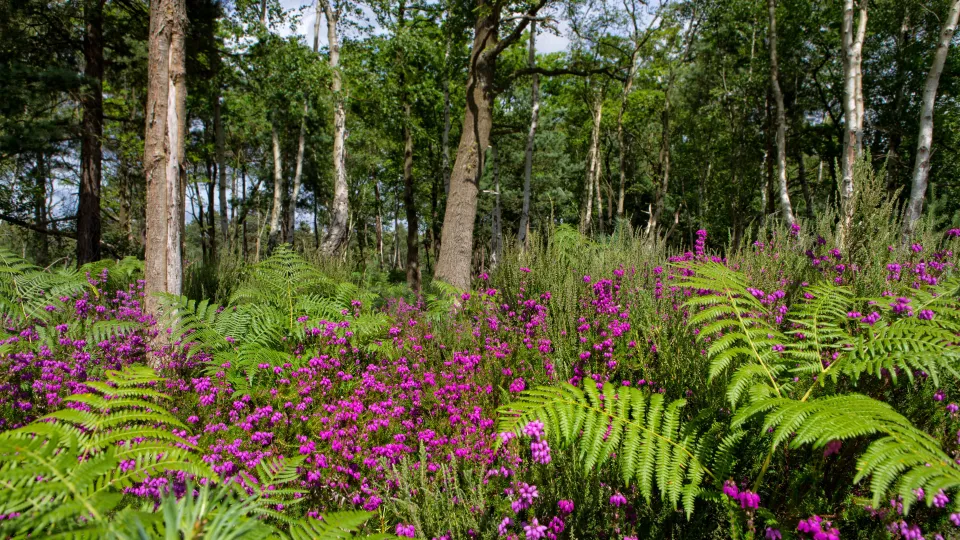
Our most familiar fern, bracken can be found growing in dense stands on hillsides, moorland, heathland and in woodlands. It is very large and dies back in winter, turning the landscape orangey-brown.